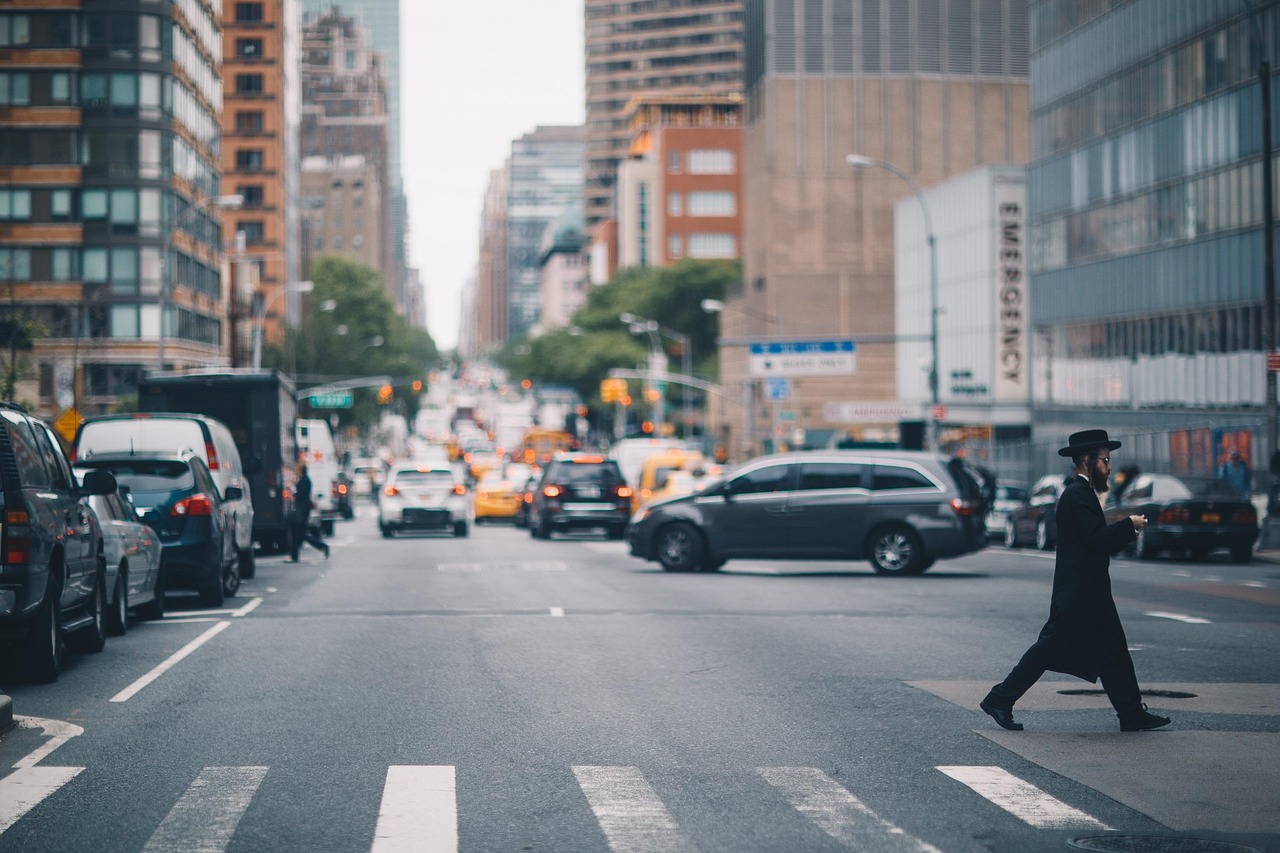Protests, demonstrations, marches – these expressions of public opinion are as old as civilization itself. From rallying cries for fundamental rights to raising awareness about pressing social issues, protests are a powerful tool for change, giving voice to the voiceless and challenging the status quo. Understanding the nuances of protests, their impact, and the factors that contribute to their effectiveness is crucial in navigating our increasingly complex and interconnected world.
Understanding Protests: A Deeper Dive
Protests are more than just gatherings of people with grievances. They are complex social phenomena with deep historical roots, diverse motivations, and significant potential for impact. Understanding the different facets of protests is key to appreciating their role in shaping society.
What Constitutes a Protest?
- A protest is any organized public demonstration expressing disapproval or dissent towards a policy, action, or idea.
- Protests can take many forms, including marches, rallies, sit-ins, boycotts, strikes, and even online campaigns.
- The key element is the collective expression of opposition to something, aiming to influence public opinion or policy change.
Motivations Behind Protests
- Political Grievances: Protests often arise from dissatisfaction with government policies, corruption, or lack of political representation.
Example: The Arab Spring protests were largely driven by demands for democratic reforms and an end to authoritarian rule.
- Social Justice Issues: Protests frequently address inequalities related to race, gender, class, and other social identities.
Example: The Black Lives Matter movement protests against systemic racism and police brutality.
- Economic Concerns: Economic hardship, unemployment, and unfair labor practices can fuel protests.
Example: Protests against austerity measures in Greece following the 2008 financial crisis.
- Environmental Protection: Concerns about climate change, pollution, and deforestation often lead to environmental protests.
Example: The global climate strikes initiated by Greta Thunberg to demand action on climate change.
The Spectrum of Protest Tactics
- Nonviolent Resistance: This involves using peaceful tactics such as civil disobedience, sit-ins, and boycotts to achieve goals.
Example: The Salt March led by Mahatma Gandhi in India was a powerful example of nonviolent resistance against British rule.
- Civil Disobedience: Breaking laws intentionally, but nonviolently, to protest unjust laws or policies.
Example: Rosa Parks refusing to give up her seat on a bus in Montgomery, Alabama, sparked the Montgomery Bus Boycott and is a landmark example of civil disobedience.
- Direct Action: Using disruptive tactics, such as blockades or demonstrations, to directly interfere with the operations of a target.
Example: Environmental activists blocking pipelines to protest fossil fuel extraction.
- Violent Protests: In some cases, protests can escalate into violence, involving property damage, clashes with authorities, or even armed conflict. (These are less common, and frequently diminish public support for the cause)
The Impact of Protests on Society
Protests are not just fleeting moments of discontent; they can have profound and lasting effects on society, influencing policy, shaping public opinion, and driving social change.
Policy Change and Legislation
- Protests can pressure governments to enact new laws or repeal existing ones.
Example: The Civil Rights Movement in the United States led to the passage of landmark legislation prohibiting discrimination based on race, color, religion, sex, or national origin.
- Raising Awareness: Protests help to bring attention to issues that might otherwise be ignored by the media and the public.
Example: The Women’s March in 2017 raised awareness about gender equality and women’s rights on a global scale.
Shifting Public Opinion
- By amplifying marginalized voices and challenging dominant narratives, protests can change the way people think about important issues.
- Protests can also create a sense of solidarity and empower individuals to take action.
Example: The anti-Vietnam War protests helped to shift public opinion against the war and ultimately contributed to its end.
Long-Term Social Transformation
- Protests can contribute to long-term social and cultural changes, such as promoting greater inclusivity and equality.
- They can also inspire future generations of activists and organizers.
Example: The LGBTQ+ rights movement, which started with small acts of resistance, has transformed attitudes towards homosexuality and led to significant legal and social reforms.
Factors Influencing Protest Effectiveness
Not all protests are created equal. Some have a significant impact, while others fade away without achieving their goals. Several factors contribute to the effectiveness of protests.
Clear Goals and Objectives
- A protest is more likely to be successful if it has well-defined and achievable goals.
- Specificity helps in mobilizing support and measuring progress.
Example: A protest focused on securing a specific piece of legislation is more likely to succeed than one with vague demands for “change.”
Strategic Planning and Organization
- Effective protests require careful planning, coordination, and leadership.
- This includes identifying targets, developing strategies, and mobilizing participants.
- Social media and digital tools have become increasingly important for organizing and promoting protests.
Media Coverage and Public Support
- Positive media coverage can amplify the message of a protest and increase public support.
- However, negative coverage or the perception of violence can undermine a protest’s effectiveness.
- Crafting a compelling narrative and engaging with the media are crucial.
Sustained Momentum and Follow-Through
- A protest’s impact can be short-lived if it lacks sustained momentum.
- Following up on initial actions with ongoing campaigns, advocacy, and community organizing is essential.
- Building lasting alliances and coalitions can help to ensure long-term impact.
Understanding Opposition and Potential Repression
- Protest movements must anticipate the reactions of those in power, including potential repression or counter-movements.
- Developing strategies to mitigate these risks and protect participants is crucial.
- Legal observers and support networks can provide assistance to protesters who face arrest or harassment.
Ethical Considerations in Protesting
While protests are a fundamental right in many democracies, it’s important to consider the ethical implications of protesting.
Balancing Rights and Responsibilities
- Protesters have the right to express their views, but they also have a responsibility to do so peacefully and respectfully.
- Respecting the rights of others, including those who disagree with the protest’s message, is essential.
Avoiding Violence and Property Damage
- Violence and property damage can undermine the legitimacy of a protest and alienate potential supporters.
- Maintaining a commitment to nonviolent resistance is crucial for ethical protesting.
Ensuring Inclusivity and Representation
- Protest movements should strive to be inclusive and representative of the communities they claim to represent.
- Addressing internal power dynamics and ensuring that all voices are heard is important for maintaining legitimacy.
Conclusion
Protests are a vital mechanism for social and political change, capable of reshaping public discourse and influencing policy. By understanding the motivations, impacts, and factors that contribute to their effectiveness, we can better appreciate their role in a democratic society. Engaging in ethical and strategic protesting, with clear goals, strong organization, and a commitment to nonviolence, can amplify voices, challenge injustices, and pave the way for a more equitable and just world.




